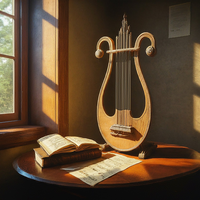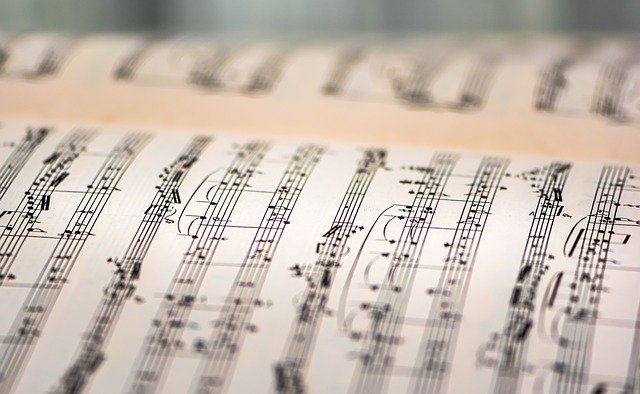The lyre, a U-shaped stringed instrument, has a long and illustrious history. The earliest known instances date back to 3000 BCE, which places its origins in Mesopotamia.
Where It All Began
See its origin:
Orient
 The Middle Eastern region of Mesopotamia is home to the oldest lyres ever found. Several ancient works of art and carvings featured these tools.
The Middle Eastern region of Mesopotamia is home to the oldest lyres ever found. Several ancient works of art and carvings featured these tools.
Greece in Antiquity
Since the ancient Greeks linked the lyre with Apollo and Orpheus, its popularity skyrocketed. Lyrical music and epic poems would often employ it as an accompaniment.
Adaptation and Evolution
There are several forms:
The lyre changed in size and shape over time, and different civilizations’ instruments reflect this.
Traditions in Music
From the music of the ancient Greeks and Romans to that of medieval Europe and Africa, the lyre played an important role in many musical traditions.
Impact in the Present Day
These are the benefits that we may get from it:
Inspiration for Music
Many contemporary composers and artists have found inspiration in the lyre’s distinctive tone and historical importance.
Musicians all across the globe still play and love the lyre today, albeit they may use other materials and techniques for more contemporary versions.
Summary
A fascinating and iconic instrument, the lyre has ancient beginnings and continues to captivate with its timeless charm. Because of its adaptability and long history, it will always hold a special position in music.

